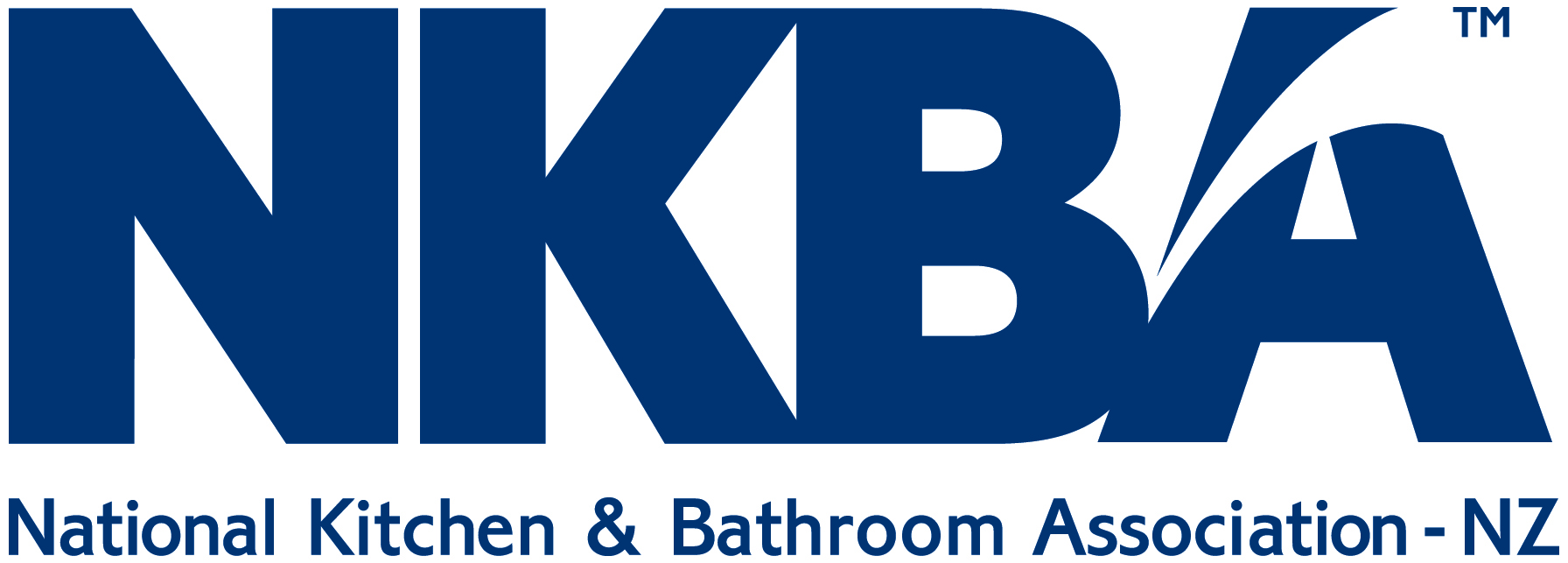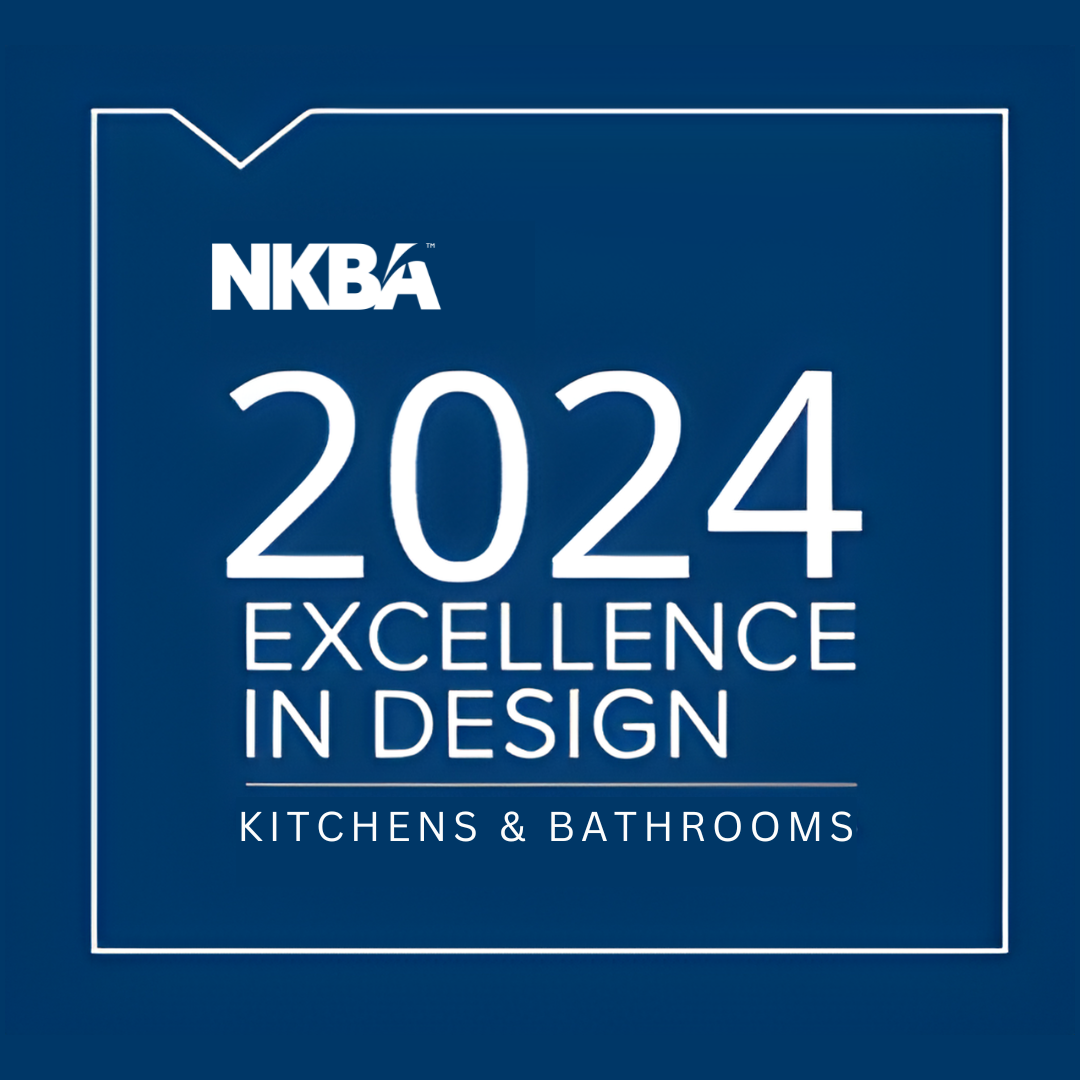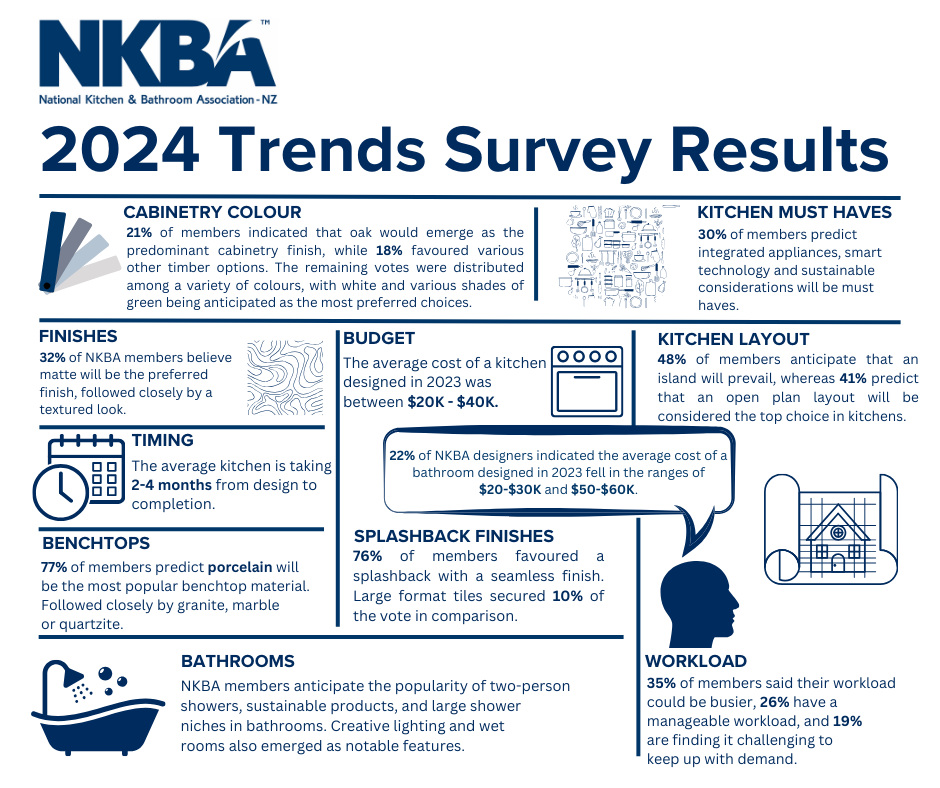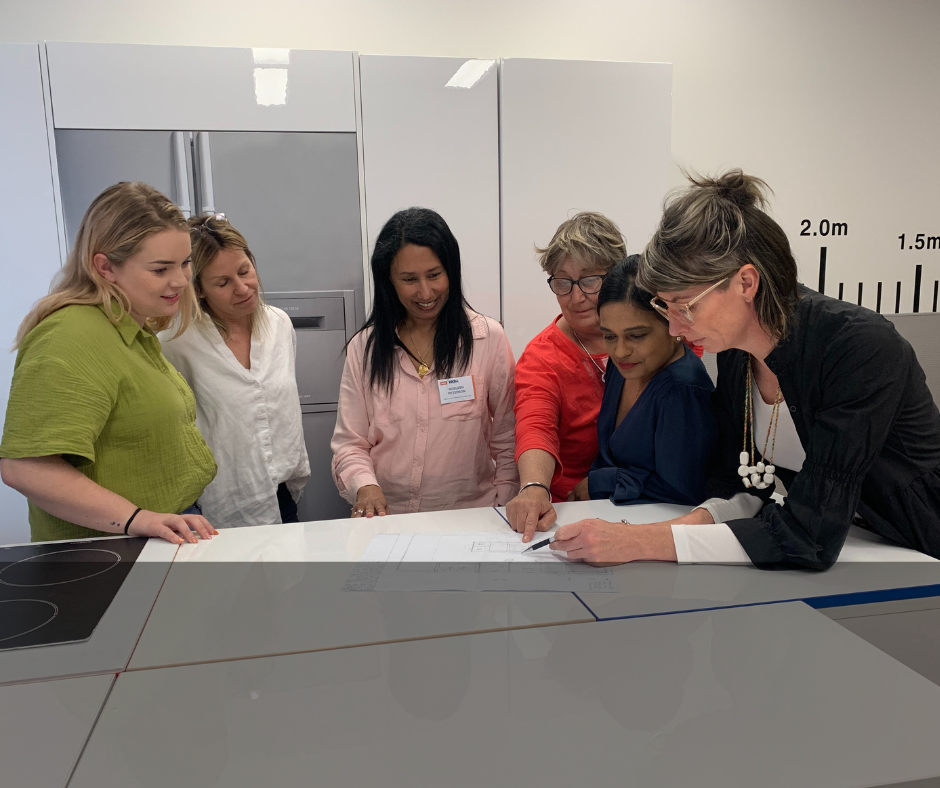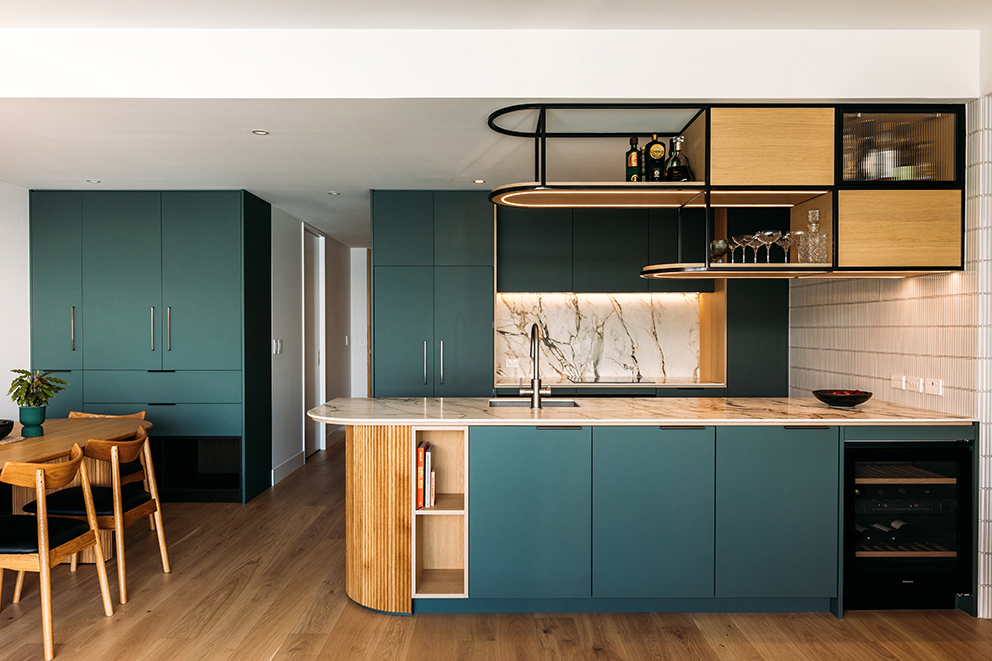NKBA’s professional development workshops are designed to provide your business with the tools and knowledge you need to succeed in the kitchen and bathroom industry.
Kitchen Design for Suppliers & Specifiers (1-day Workshop)
The Kitchen Design for Suppliers and Specifiers workshop is aimed at industry professionals who work with and supply product to kitchen designers. The workshop provides suppliers and specifiers with a better understanding of kitchen design, plans, and how to build positive and collaborative relationships with kitchen designers.
This workshop is delivered using a blend of tutor-led content, group discussions, and practical activities.
Workshop content includes:
Building relationships with kitchen designers
- understanding designer business models and target markets, and how designers operate
- communicating effectively with designers
Kitchen design basics
- spatial planning
- design principles and elements
- product and materials
Kitchen plans
- reading and deciphering plans and elevations
- specifying products that meets the brief.
Workshop Details
|
Workshop length |
1 day (9.00am-4.00pm) |
|
2024 Workshop dates |
|
|
2024 Workshop fee |
$500 + GST |
|
Who can take the workshop? |
|
Workshops are subject to minimum numbers.
Learners will receive an NKBA Certificate of Completion at the end of the workshop (this is not an NZQA qualification).
CAD experience is not required for this workshop.
Keen to learn more about this workshop? Email NKBA or call (03) 322 1957 today!
